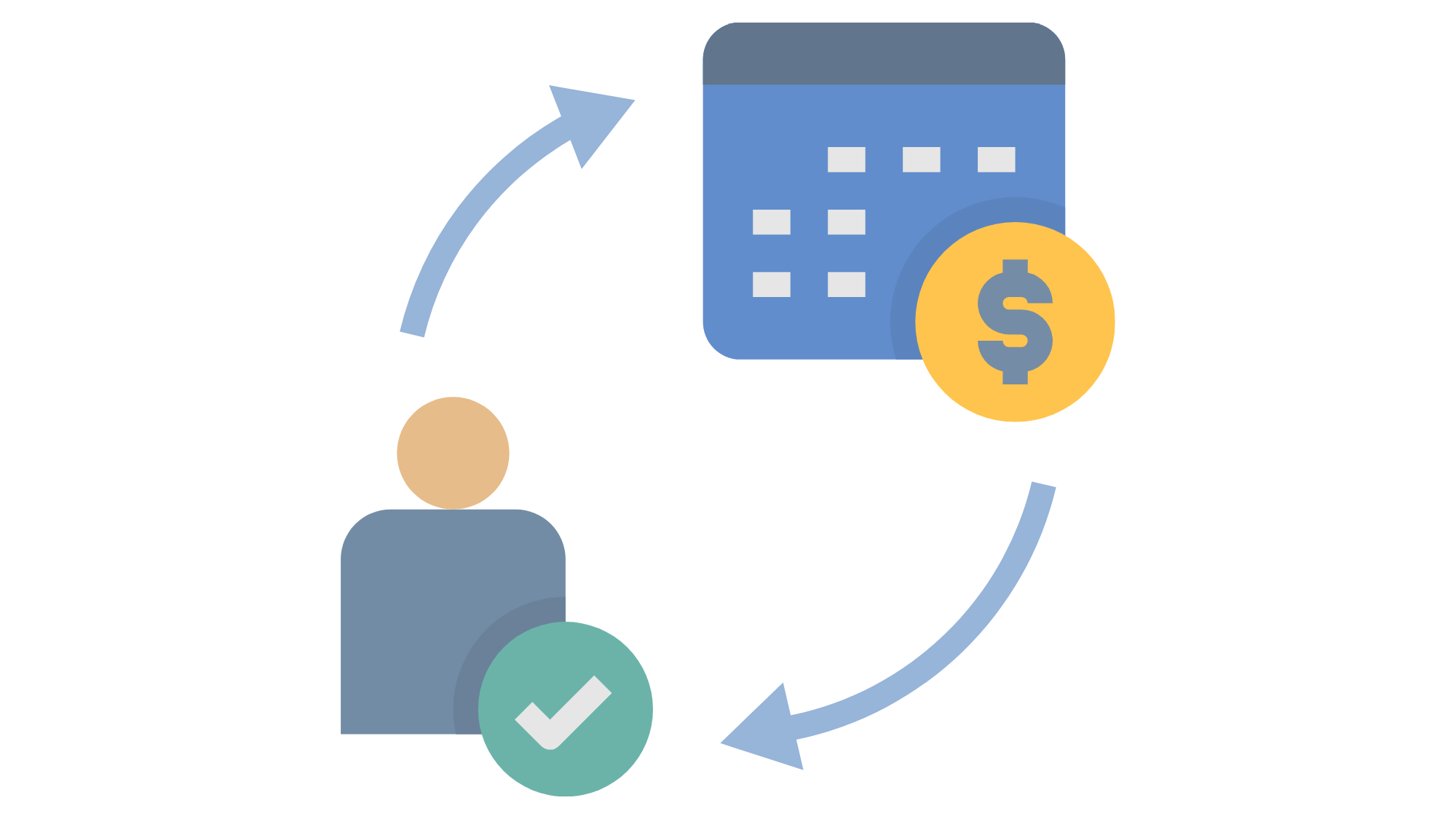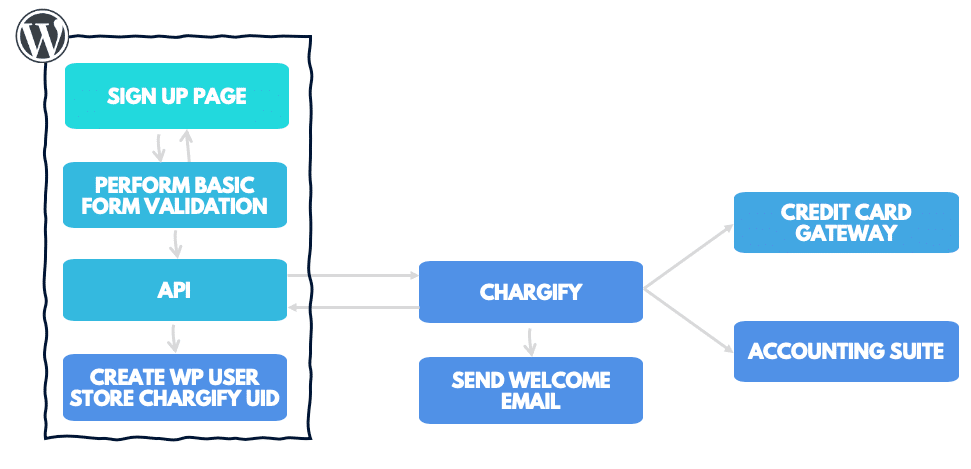
Building Subscriptions and Memberships on WordPress for Growing Digital Publishers
Are you exploring building a subscription or paid membership system for your WordPress-powered website? You’re not alone.
Over 50% of digital publishers recently surveyed are doubling down on paid subscriptions as a means of a more future proof and scalable revenue model.
WordPress is the world’s most popular content management system. At The Code Company, we believe it is the best platform for digital publishers for a range of reasons, including its robust user-friendly editorial experience.
This article highlights various approaches to building a subscription platform within the WordPress ecosystem. We’ll be sharing our most common recommendation to growing digital publishers or businesses wanting to build a paid membership or digital subscription offering.
How to add subscription functionality on your WordPress site
There are four ways to build this subscription functionality.
- Install an off-the-shelf plugin (or several plugins).
- Build your own bespoke plugin.
- Build a non-WordPress application / web service / microservice and integrate via APIs.
- Integrate with a specialist software as a service (SaaS) solution.
When selecting an approach to designing and building a subscription platform, there are many factors to consider. As a digital publisher, three of the most important considerations should include:
Business flexibility – You don’t want to have to ask a developer to make basic adjustments to the subscription system. The subscription manager should be able to have a fair bit of autonomy.
Scalability – You should plan for your products to grow and scale. Having the website crash under high amounts of traffic because the subscription engine can’t keep up is not an option.
Ongoing maintenance – This subscription functionality must have a long-term return on investment. Building something knowing it may be costly to maintain as well as build, needs to be considered before committing to the initial expense.
Building a robust subscription system for WordPress with specialist SaaS services

When it comes to software development, one of the core values at The Code Company is to use highly specialised software components rather than large monolithic systems.
Our preference toward building subscription platforms for digital publishers involves leveraging specialist SaaS services that exist exclusively to manage recurring billing and all kinds of subscription dynamics.
While we believe WordPress is the best choice as your CMS we don’t believe WordPress should do everything; and large ecommerce applications is one such example.
The greatest advantage of integrating with a SaaS billing platform is that it lets both WordPress and the SaaS tool manage their respective strengths.
The only custom development required to launch this functionality involves integration between the two services. This is significantly easier compared to alternative ways of building a subscription service listed above.
Business Flexibility
By using a SaaS billing platform, you get incredibly flexible payment systems “out of the box”. This flexibility within these platforms —importantly— allows non-developers and business users to have much more autonomy.
This scenario will probably sound familiar to many, but it’s not uncommon for publishers to want to offer a range of membership options; one free corporate membership for every three bought, for example.
By leveraging a SaaS platform, you move the “business logic” away from the CMS to the cloud. This is particularly advantageous when new subscription products are released or any change to the subscription value proposition changes.
Scalability
Scaling WordPress is something we’ve been doing for over a decade. We know how to make WordPress work so you don’t have to worry about the site crashing under high traffic or impacting users experiences.
So when it comes to scaling your subscriptions or your traffic, we know how advantageous building a subscription platform with a SaaS product can me. This approach allows you offload all the complex compute requirements of your infrastructure to the vendor you select. Charging credit cards, sending invoices, managing refunds in larger volumes can have significant and possibly costly infrastructure and hosting requirements.
So as your business and subscriptions grow, you aren’t hamstrung by scalability issues. Your website is serving content and doing what it does best. Your billing engine can separately manage complex variations to payment options and, if it goes down, your entire site isn’t down. The fact that this is a decoupled strategy means the website is fault tolerant and not dependent on an external vendor to be functional .
Ongoing maintenance
One of the key reasons any cloud or SaaS product is so appealing is that it requires very little to no maintenance. Just like G Suite replaced the need to maintain a physical email service in your office, a SaaS billing platform takes care of integrations and systems that are always changing.
From security, payment gateway API integrations, and other API integrations with other marketing technologies — these are all taken care of by the SaaS product. Your only responsibility is to maintain the API connection between your website and the vendor you have chosen.
Getting started with a specialist SaaS solution to power your subscription platform
The Code Company has worked extensively with Chargify because it is a robust, flexible and easy-to-use platform. In addition, it has very powerful APIs that make developing bespoke integrations simple. But there are a number of tools that exist to help with billing and subscription management.
When evaluating options available, there are a number of considerations:
- Developer friendly – What out-of-the-box tools exist? Do you have the ability to configure the system to suit your business requirements, and importantly, the API documentation?
- Business friendly -Can a subscription manager or marketing manager in your business perform most tasks they want to without requiring development resources to perform those changes? Is the UI intuitive and easy to follow?
- Costs and contracts – Check transaction costs in addition to monthly fees. Make sure you consider the savings of not having to build and manage all these features yourself. Sometimes a headline price may seem expensive, but when you consider the development resources will not be required, it’s rather practical.
- Platform support – Given the importance of the SaaS product, it’s crucial to ensure reliable support is available when you need it.
- Access to data and reporting – Evaluate the reporting and benchmarking systems included. How easily can you analyse subscription metrics and business KPIs? Can you easily plug into accounting software like MYOB or Xero?

